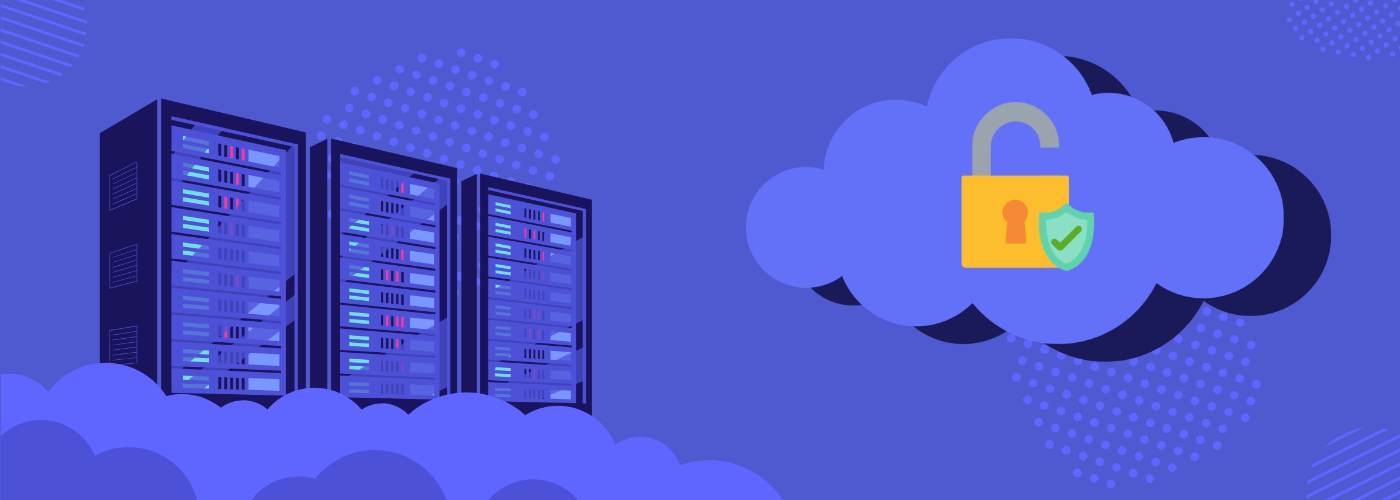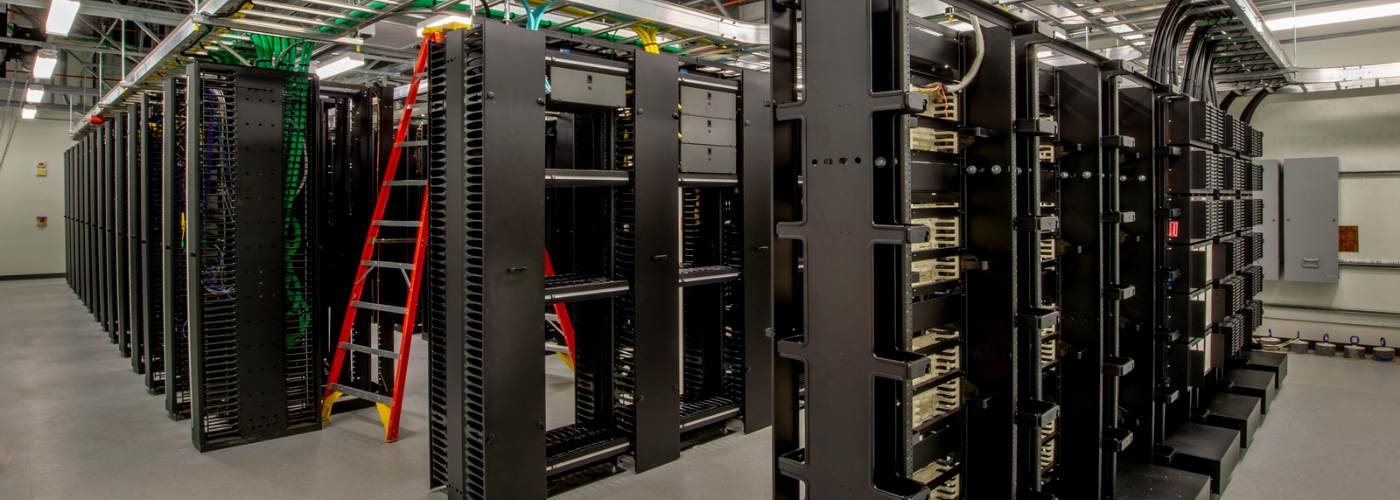Cloud computing has become an increasingly popular alternative to traditional hosting options. As businesses look for more efficient ways to store information and access applications, public cloud hosting is a top choice. But what exactly is public cloud hosting, and where is public cloud hosted? This blog will provide an overview of public cloud hosting and explore the various locations where it can be hosted.
Where Are Public Cloud Servers Hosted?
Public cloud servers are an important part of the modern digital landscape. Hosting these powerful systems is a critical and complex process that requires expert knowledge to handle properly. So, where exactly are public cloud servers hosted?
The answer depends on the particular provider being used. Every major provider has one or more data centers worldwide. The provider themselves may own these facilities, or they may be leased from other companies, such as colocation providers or other hosting services.
Sharktech hosts its cloud servers across multiple data centers in Los Angeles, Denver, Chicago, and Amsterdam.
The size of data centers can vary significantly from one provider to another. Still, typically they will feature powerful hardware in secure locations with reliable power sources, cooling systems, and redundant network connections.
Furthermore, many providers have added features such as advanced security protocols to ensure that their client’s data remains safe at all times.
Why Is It Called Public Cloud?
Public cloud is one of the most widely used computing models today. It refers to a network of servers located offsite, which can be accessed remotely over the internet.
This model allows businesses and individuals to use software and hardware resources without needing to own or manage their own infrastructure, thereby eliminating capital expenditure costs.
The name ‘public cloud’ originates from its multi-tenant architecture. This means that many users can access the same shared server or pool of infrastructure resources instead of having dedicated resources for each user as in private clouds.
This reduces costs for consumers who don’t need a large amount of computing power or storage at any given time. Public clouds are also highly scalable, so they can expand or reduce their services based on individual customer needs while remaining cost-effective.
What Is Public Cloud vs. Private Cloud?
Cloud computing is a rapidly growing technology that provides organizations with the ability to store, access, and share data across multiple digital networks. As it has gained popularity over the years, two distinct cloud models have emerged: public cloud and private cloud.
While both offer similar advantages for businesses, there are some key differences between them that should be considered when deciding which type of cloud architecture best suits your organization’s needs.
Public clouds offer businesses on-demand access to virtualized computing resources hosted by an outside vendor. These services provide scalability and reliability at a lower cost than traditional IT infrastructure. However, they lack customization options due to their shared environment with other customers.
Private clouds, on the other hand, are dedicated to a single company and give more flexibility for customizing applications or workloads within their own secure environment. This allows companies to manage, store and assign protocols to their data as they best see fit.
Private clouds also offer a bigger number of resources compared to public clouds. Choosing between the two depends on how much resources you need. Smaller companies tend to work well with public clouds, while larger companies prefer private clouds.
What Are The 4 Types Of Cloud Computing?
With businesses around the globe turning to cloud computing for their storage and computing needs, it is important to understand the four different types of cloud computing that are available.
The four types of cloud computing are Infrastructure as a Service (IaaS), Platform as a Service (PaaS), Software as a Service (SaaS), and Serverless Computing.
IaaS focuses on providing access to servers, storage, networks, and other infrastructure components.
PaaS provides access to development tools and services such as databases, application hosting platforms, web servers, and more.
SaaS is focused on delivering applications via the Internet without having to install or manage them on any local device or network.
Serverless computing focuses on managing and hosting storage on a serverless network. Meaning, scalability, and infrastructure-related costs are decreased dramatically.






阅读更多
Sharktech Announces New Web Hosting and Cloud Industry Alliance
Sharktech and 2
3 月
Think the Cheapest Dedicated Server is A Good Idea? What You Need to Know
Shoul
3 月
Discover How These 8 Cloud Monitoring Tools Can Help You Drive Better Business Performance
When
3 月
Pick the Best Cloud Management Platform with These 5 Pro Tips
Managi
3 月
Thinking About Public to Private Cloud Migration? Here’s the Essentials
The clou
3 月
Why a Cloud Migration Checklist Helps Overcome Migration Challenges
Moving d
3 月